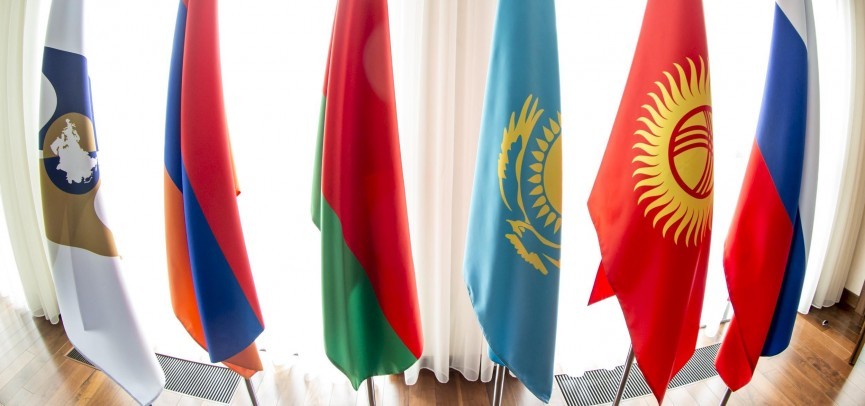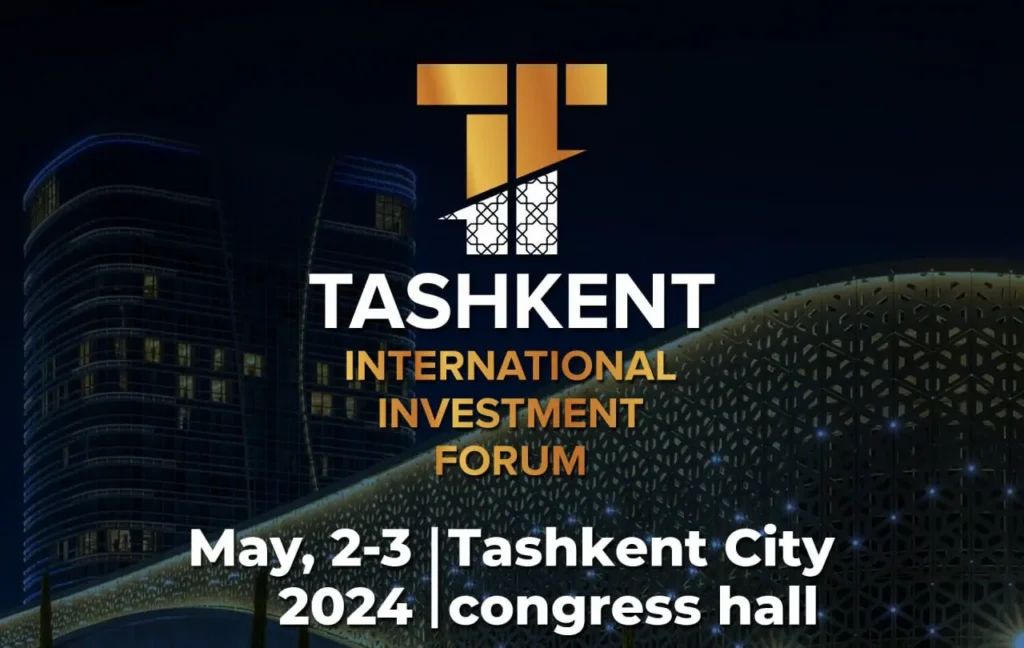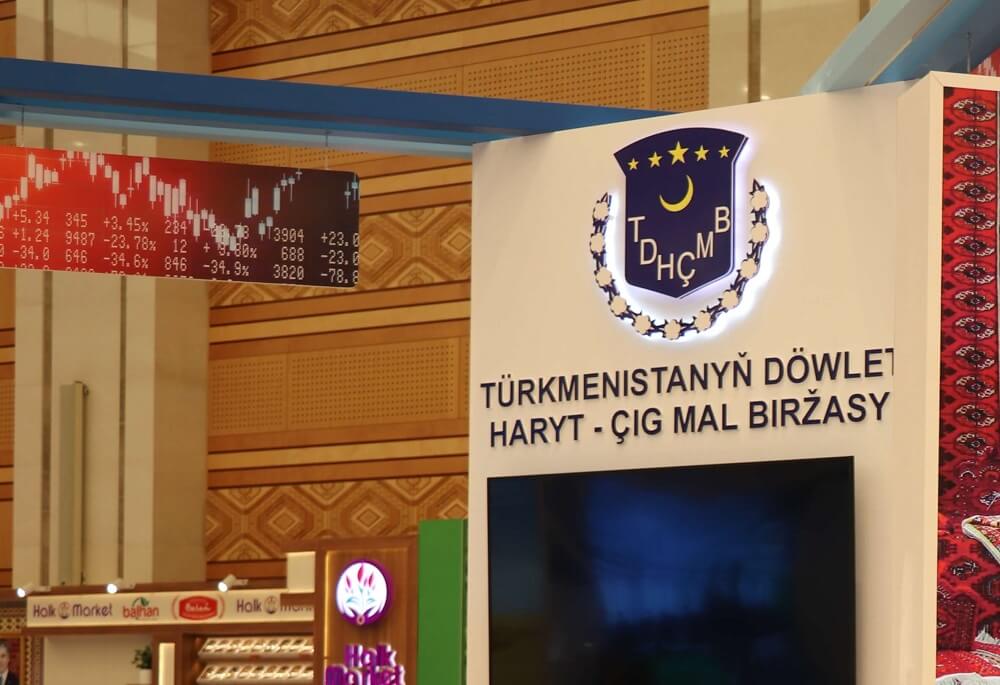BISHKEK (TCA) — In the near future, the Eurasian Economic Union may become an open economic community, organically integrated into the world economic system as a reliable bridge between Europe and growing Asia, said the initiator of the EEU creation, the first President of Kazakhstan Nursultan Nazarbayev.
“Efforts on economic integration can become a key source of diversification and economic growth, strengthening competitiveness, improving the business climate and increasing the investment attractiveness of our states,” Nazarbayev said in his address to the international conference dedicated to the 25th anniversary of the Eurasian initiative and the fifth anniversary of the EEU creation. The event was held in Kazakhstan’s capital Nur-Sultan last week.
Nazarbayev first proposed the idea of Eurasian integration at the Moscow State University in 1994.
“At that time, I considered that a powerful economic union would help create a stable environment for economic development and new opportunities for the well-being of citizens. This idea has become a reality,” Nazarbayev said.
The EEU is now a huge market with a foreign trade turnover of over $750 billion and aggregate GDP of $2 trillion. Its population exceeds 180 million. The EEU member states have achieved a positive growth trend and a significant increase in foreign and mutual trade, he added.
EEU history
The agreement on the EEU creation entered into force on January 1, 2015. Initially, it united Russia, Kazakhstan and Belarus, and Kyrgyzstan and Armenia joined the union later.
The EEU was created on the basis of the Customs Union and the Eurasian Economic Community to strengthen the economies of the participating countries and increase their competitiveness in the global market. At the same time, the presidents of Russia and Belarus put forward the idea of forming a single economic space with the European Union “from Lisbon to Vladivostok”.
The main EEU goal to create a common market with the free movement of goods, people, services and capital has not yet been achieved, but the EEU has proved to be the most successful integration project in the post-Soviet space.
Results
Some analysts say that Eurasian integration is experiencing a crisis, and there is a conflict potential that complicates relations between the former Soviet republics and negatively affects the integration processes. However, many factors testify to progressive steps of the Eurasian five.
According to the Eurasian Economic Commission (EEC), in 2015 and 2016, the decline in GDP in the EEU member countries was due to the global slowdown in economic growth and trade, decrease in domestic demand and fall in household incomes. According to the EEC, the GDP decline could be greater if the EEU common market had not been created.
The EEU has overcome its initial difficulties, and now its economic indicators are growing. The foreign trade with countries outside the EEU amounted to $684 billion in January-November 2018 and increased by 20.5% compared to the same period in 2017.
Industrial output in the EEU countries amounted to $84.9 billion in January 2019 and increased by 1.2% compared to the same period of 2018.
In January 2019, Russia produced 87.8% of the total EEU industrial production, Kazakhstan — 6.7%, Belarus — 4.9%, Armenia — 0.3%, and Kyrgyzstan — 0.3%.
According to opinion polls, the majority of the population of the EEU member countries welcomes the rapprochement of the former Soviet republics.
The EEU is also developing economic ties outside the region. In 2016, a free trade zone agreement was concluded with Vietnam, and in 2018 trade agreements were signed with China and Iran. It is also planned to create free trade zones with India, Singapore, Egypt and Israel.
Barriers
Internal disagreements and inconsistency of actions in the EEU do not allow to fully implement its goals.
The volume of domestic investment in the EEU is several times smaller than the amount of funds invested by external investors, analysts say.
The Eurasian Economic Union has not yet become a single market. Common markets of finance, gas, oil and petroleum products are planned to be launched only in 2025.
There are still barriers, exemptions and restrictions imposed by the participating countries. Internal, often artificial, obstacles prevent the development of the integration association and its members.
“Despite the fact that Kyrgyzstan is a full EEU member, we are still in the position of a third country when crossing Kazakhstan’s border with products that fall under veterinary control including meat, milk, fish, honey and products from them,” Kyrgyz Economy Minister Oleg Pankratov said.
This fact does not create great difficulties, since 67 local enterprises already included in the EEU unified register are freely delivering their production to the union market, he added. The difficulty is when the cargo crosses the border between Kazakhstan and Kyrgyzstan. The cargo is subject to inspection for compliance with the requirements of the accompanying documents.
There is a lack of a coherent policy in creation of a single EEU economic space, including in the industries, EEC Board Chairman Tigran Sargsyan said. Lawmaking should be the basis of the agreed policy, and the EEC is now drafting system documents to harmonize national legislations, he added.
Disagreements with Belarus
More and more problems arise lately due to trade restrictions for goods from Belarus in the Russian market. President of Belarus Alexander Lukashenko called Russia’s actions against Belarusian manufacturers “sanctions and market closure”.
“Every day I hear and read information that our main trade partner [Russia] is increasingly introducing sanctions against Belarus. They themselves are under sanctions and condemn it, and I absolutely support them here. But at the same time, they are fighting with similar weapons against their allies,” said Lukashenko at the Government meeting in Minsk this week.
In addition, Belarus and Russia cannot find a compromise on oil supplies. Lukashenko recalled that earlier Belarus supported Russia by repairing the Russian oil pipeline passing through the territory of Belarus, in an emergency mode without stopping its operation. In the current circumstances, Minsk would not do that.
“The good we do for the Russian Federation turns us evil. They have already become impudent to such an extent that they are starting arm-twisting,” Lukashenko said.
Kyrgyz-Kazakh border problems
Since the accession of Kyrgyzstan to the EEU in 2015, disputes over Chinese goods smuggled into the EEU through Kyrgyzstan have not stopped at the Kyrgyz-Kazakh border.
After the collapse of the Soviet Union, Kyrgyzstan rebuilt its economy to re-export mainly Chinese goods to neighboring countries. In 2010, profits from the re-export amounted to 13% of GDP. But after joining the EEU, re-export began to be regarded as smuggling, and problems periodically arise at the Kyrgyz-Kazakh border.
Kazakhstan explains the queues of hundreds of Kyrgyz heavy trucks at the border by the fact that Chinese goods are smuggled into the EEU and agricultural products did not meet phytosanitary requirements.
The Kyrgyz side often does not agree with Kazakhstan’s statements saying that the neighboring country violates the EEU norms introducing a ban on the supply of products.
Trade restrictions within the EEU are sometimes used as a policy tool. It is enough to recall the situation in the fall of 2017, when relations between Kazakhstan and Kyrgyzstan deteriorated after incorrect, in the opinion of the Kazakh side, statements of the then President of Kyrgyzstan Almazbek Atambayev, who reacted sharply to the meeting of opposition presidential candidate Omurbek Babanov with President Nazarbayev in Kazakhstan before the Kyrgyz presidential elections.
After that, for almost two months access to Kazakhstan for heavy trucks loaded in Kyrgyzstan was hampered. This led to significant losses for Kyrgyz entrepreneurs and the state budget.
By introducing restrictions, the EEU countries often support domestic producers, which contradicts the union’s rules.
Tasks
In territorial terms, the EEU has now reached a certain limit. The most realistic new candidate for accession — Tajikistan — has so far refused to join the EEU, while Uzbekistan, under new President Shavkat Mirziyoyev, has reaffirmed the previous course of neutrality.
Therefore, the main EEU tasks are the elimination of internal trade barriers, the fight against gray imports, and harmonization of tax, currency and budget policies.
China’s interest
The agreement on a free trade zone (FTA) between China and the Eurasian Economic Union should be signed as soon as possible, Chinese Ambassador to Russia Li Hui told Tass.ru on April 15.
Despite some successes, cooperation between China and the EEU does not currently meet expectations, and it should grow. It is necessary to advance negotiations on the FTA creation and increase the mutual presence in the markets of the two countries.
Global development is currently based on cooperation in free trade and increasing the level of regional interaction, “so we should take this trend into account and not postpone negotiations on the creation of free trade zones,” said Li Hui.
In his opinion, China and the EEU can interact in many industries. He also spoke for optimization of the trading environment between China’s One Belt, One Road initiative and the EEU.
However, EEC Minister of Trade Veronika Nikishina believes that businesses of the EEU member states are not yet ready to support the full opening of markets to China, as required by the FTA rules. It is necessary to analyze possible consequences of this step and assess the benefits and risks for each of the member states, Nikishina told RIA Novosti.








